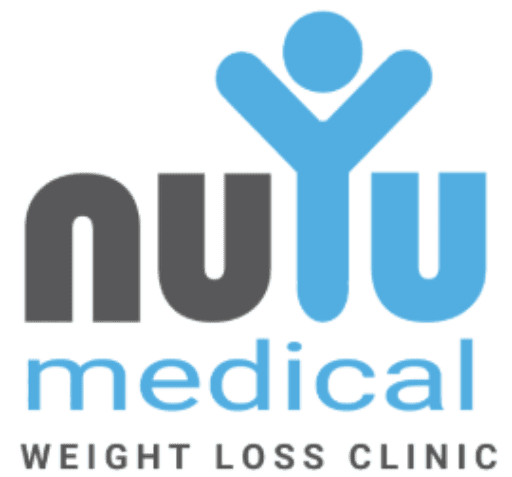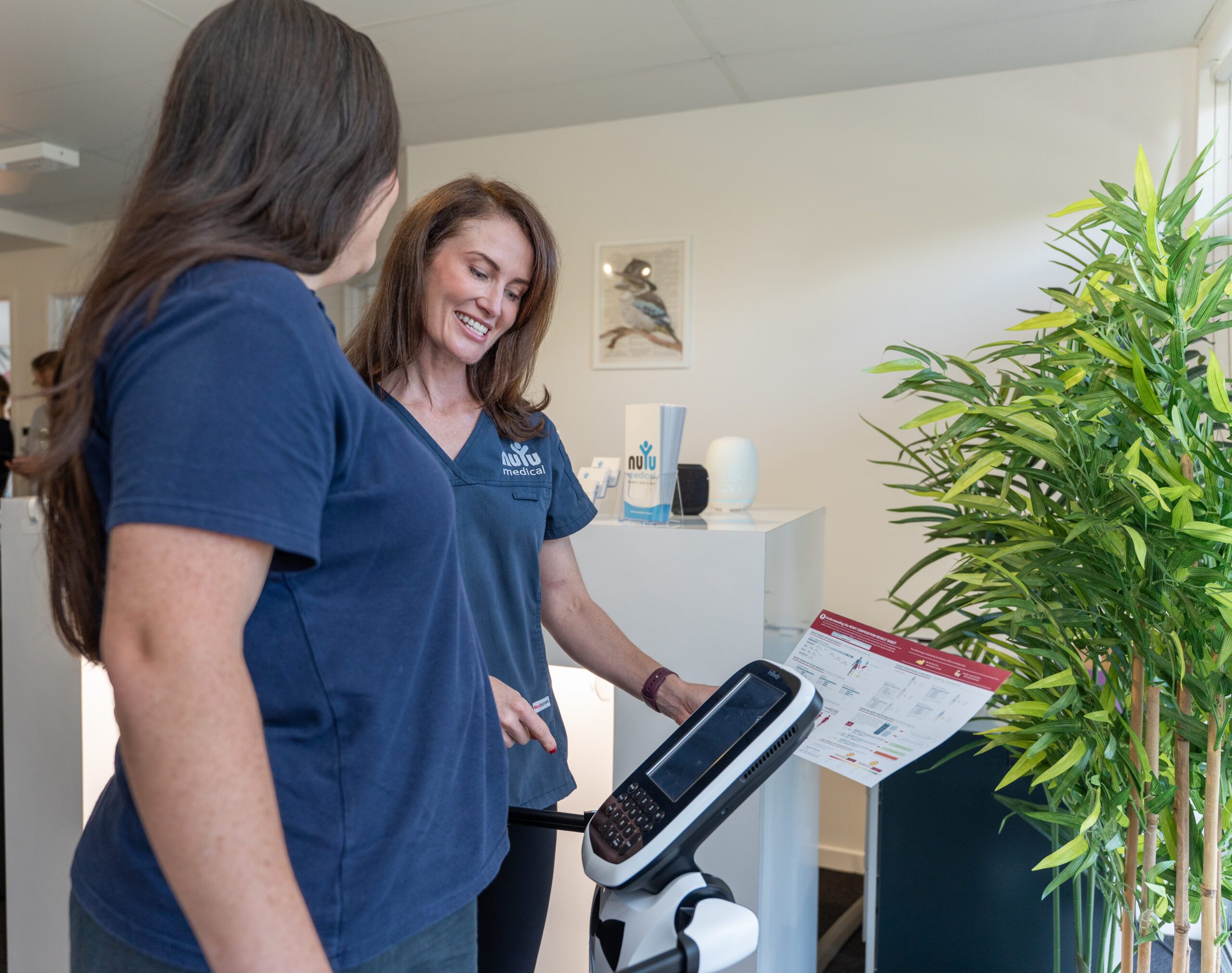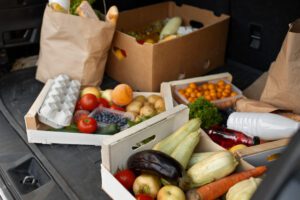If you’re using prescription weight loss medications as part of a medically supervised program, your diet plays a critical role in your success. These medications work by influencing your appetite, digestion, and metabolism—but to get the best results (and avoid unpleasant side effects), you need to eat in a way that supports their mechanism of action.
Even with weight loss treatment, your eating habits can directly impact how effective and comfortable your treatment is. At our Gold Coast clinic—serving Southport, Surfers Paradise, and beyond—we help clients align their nutrition with their weight loss plan.
How Weight Loss Medications Work
Prescription weight loss medications are typically prescribed after a thorough medical assessment. They’re used to support safe weight loss in people with obesity or those at risk of weight-related health issues.
Each type has a different effect on your body—some reduce hunger, others affect how your body digests food or how insulin is released. Because of this, what you eat (and how much) needs to be adjusted accordingly.
Foods to Include to Assist Weight Loss
1. Lean Proteins
Weight loss medications often reduce your appetite, which can unintentionally lower your protein intake. But protein is vital for muscle preservation, metabolism, and satiety.
Include sources like:
- Chicken, turkey, fish, tofu
- Eggs and egg whites
- Legumes, lentils, and beans
- Low-fat dairy or fortified plant-based options
Aim for 20–30g of protein per meal. If you’re not eating much solid food, protein shakes (low in sugar) can be a helpful addition.
2. High-Fibre, Low-Glycaemic Carbs
GLP-1 medications slow gastric emptying, so meals that are high in refined carbs can cause nausea or bloating. Instead, focus on slow-burning, high-fibre carbs that are easier on digestion.
Best choices include:
- Rolled oats, barley, quinoa
- Sweet potato, carrots, pumpkin
- Leafy greens, broccoli, zucchini
- Berries, apples, pears
Fibre also helps regulate blood sugar, improve gut health, and keep you fuller longer.
3. Healthy Fats (in small portions)
Moderate amounts of fat can help with nutrient absorption and hormonal health, especially if your overall food intake is lower.
Stick to:
- Avocado (¼ fruit per serve)
- Nuts and seeds (small handful)
- Extra virgin olive oil (1 tsp–1 tbsp per meal)
- Fatty fish like salmon or sardines
Fried or greasy foods, however, can worsen gastrointestinal symptoms while on medication and should be avoided.
4. Fluids and Hydration
Many weight loss medications cause dry mouth, constipation, or nausea—symptoms that are often improved with proper hydration.
Drink:
- At least 2 litres of water per day
- Herbal teas or infused water
- Low-sugar electrolyte drinks (if on a very low-calorie diet)
Limit or avoid high-caffeine or sugary drinks, which can dehydrate or cause energy crashes.
Foods to Avoid While on Medication
1. Fatty, Greasy, or Fried Foods
These can exacerbate side effects like nausea, bloating, or diarrhoea, especially with GLP-1 medications.
Avoid:
- Deep-fried takeaway foods
- Heavy creamy sauces or butter-based dishes
- Processed meats like sausages and salami
2. High-Sugar and Ultra-Processed Foods
Excess sugar leads to energy crashes, cravings, and fat storage. Many medications suppress appetite, but if you’re consuming sugary snacks or soft drinks, you may override their effect.
Avoid or minimise:
- Sugary cereals, cakes, and lollies
- Sweetened drinks, energy drinks
- Refined white bread, crackers, and chips
3. Alcohol
Alcohol not only adds empty calories but also interferes with metabolism and can increase the risk of side effects like nausea or blood sugar fluctuations.
It’s safest to avoid alcohol entirely or discuss with your doctor if occasional consumption is acceptable for your program.
Sample Meal Ideas to Support Your Medication
Breakfast
- Greek yogurt with chia seeds, berries, and cinnamon
- Herbal tea or black coffee
Snack
- Hard-boiled egg + sliced cucumber or cherry tomatoes
Lunch
- Grilled chicken salad with mixed greens, olive oil dressing, and quinoa
- Sparkling water with lemon
Snack
- Handful of almonds + small piece of fruit (e.g., pear)
Dinner
- Baked salmon with roasted vegetables (zucchini, sweet potato, capsicum)
- Peppermint tea
How We Support You Through Weight Loss
At our Gold Coast clinic, every patient on prescription weight loss medication is offered individualised nutrition advice from a qualified dietitian. We take into account your medication type, dosage, symptoms, and goals to build a food plan that supports comfort and results.
We also offer Telehealth consultations across Queensland and Australia, so you can access professional guidance even if you’re not based on the Gold Coast.
If you’re unsure whether your current eating habits are helping or hindering your progress, we’re here to help you get clarity—and results.
Book a Dietary Consultation on the Gold Coast
Book a consultation in Southport or via Telehealth across Australia.




